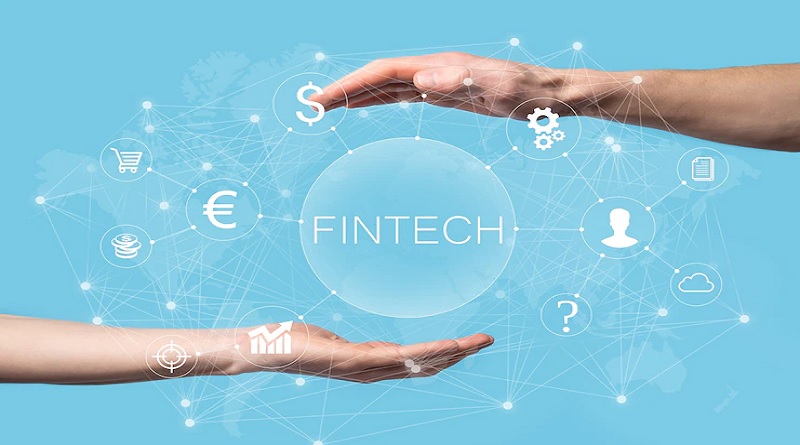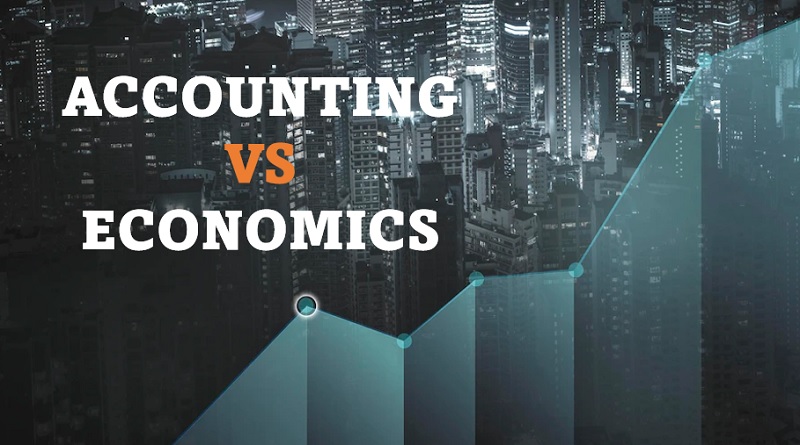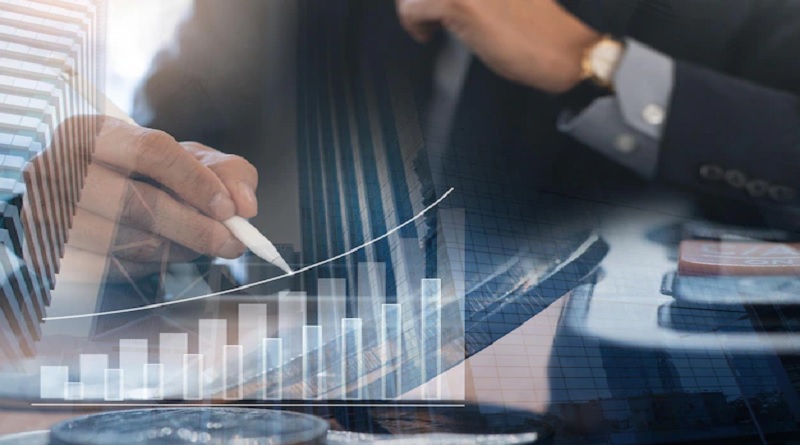Several important trends that have been going on for a while and have been significantly accelerated by some recent events, including the pandemic, will define the future of banking. To that end, the increased use of mobile banking and electronic wallets and the associated shift away from cash will continue, especially in developing nations with a growing middle class that is likely to outpace the conventional model of the growing middle class leading to an increase in consumers using traditional branch-based banking products before eventually transitioning at a later stage to more mobile-based or e-money banking solutions.
Consumers are increasingly choosing more practical and affordable digital banking options over traditional branches, which has fueled the growth in popularity and market share of companies like Revolut, Wise, and N26 in recent years. Yet the majority of these businesses continue to operate at a loss and require ongoing outside support.
Future predictions indicate that “Neobanks” will gain market share as they serve a customer base that is more diverse and price-conscious. The widespread application of artificial intelligence (AI) and machine learning (ML) for fraud detection as well as user identity and funding source verification is a new trend in this industry. Many financial institutions’ Know Your Customer (KYC) and Anti-Money-Laundering (AML) processes and capacities are effectively becoming digitalized as a result.
Crypto assets
How can crypto assets fit into this future given these developments in the existing centralized financial sector? By providing novel and more effective models, without the requirement for a centralized middleman for the verification or validation of transactions, Blockchain and Distributed Ledger Technology (DLT) fundamentally aim to rewire how our financial systems and processes operate. Despite the years of anticipation and excitement surrounding the technology, there are undoubtedly advantages and disadvantages to this decentralized future vision. Due to the lower transaction throughput afforded by current centralized systems, fully decentralized blockchains like Bitcoin are currently not practical to utilize at scale. This is one of the key barriers to the widespread adoption of crypto assets as a means of payment.
Recent developments have seen centralized systems attempt to incorporate DLT and blockchain components as potential fixes for the scalability issue that has long plagued truly decentralized blockchains. Central Bank Digital Currencies (CBDCs), which are currently being developed by numerous central banks worldwide, are a notable example of this on the payment side. These would have the benefits of DLT and blockchain while allowing governments to preserve some kind of control over their toolbox for issuing currency and maintaining stricter oversight of how these assets are used.
Disruptive potential
The disruptive potential of decentralized finance has recently attracted a lot of promise and curiosity (DeFi). Smart contracts, which were first presented by the Ethereum blockchain, have served as the underlying technology and trusted framework for the development and deployment of DeFi protocols. The disintermediation of procedures in the conventional banking industry is one of the main benefits of DeFi protocols. Decentralized exchanges, stablecoins, lending, insurance protocols, and other forms of this technology exist alongside the family of applications known collectively as DeFi, which aims to challenge established financial institutions.
With the recent algorithmic stablecoin shakedown, we saw a historically large amount of cryptocurrency wealth go in a matter of days, losing more than $40 billion in value. The fallout from this stablecoin collapse was felt widely across the asset class, and while the price of cryptocurrencies immediately corrected sharply, the DeFi ecosystem lost its reputation as a reliable technology that could compete effectively with centralized financial institutions. Since the start of the year, the Total Value Locked (TVL) in DeFi protocols, a crucial metric for evaluating the volume of activity and overall worth of DeFi protocols, has dropped precipitously. More than $230 billion in value was locked into all DeFi protocols at the beginning of the year, compared to less than $100 billion at the moment, more than half since then.
We regard recent events as a constructive recalibration of risk/return in this area, even though we think it will take some time for the wounds from the recent stablecoin shakedown to heal. We continue to believe that once peace returns, traders may return to the DeFi market in an effort to profit from reduced, more sustainable, yet nonetheless alluring rewards from DeFi operations.








